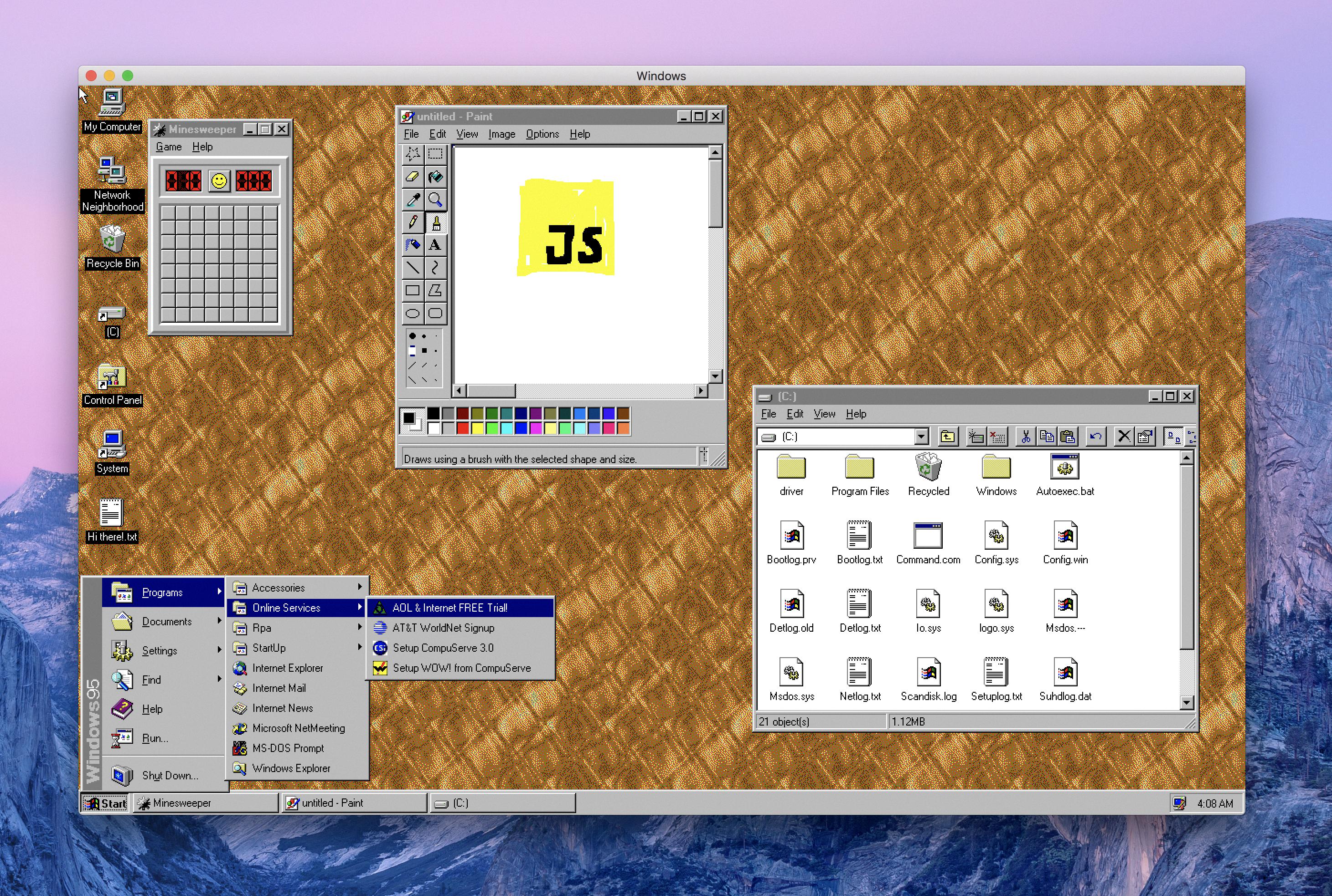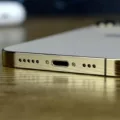Windows 95, the second operating system in the 9x line, was a significant milestone in the history of Microsoft Windows. It served as the successor to Windows 3.1 and was released to manufacturing on August 15, 1995. This highly anticipated operating system brought numerous improvements and features that revolutionized the computing experience for users around the world.
One of the most notable aspects of Windows 95 was its graphical user interface (GUI), which introduced the iconic Start button and taskbar. This user-friendly interface made it easier for people to navigate through their files, programs, and settings. Additionally, Windows 95 offered enhanced multitasking capabilities, allowing users to run multiple applications simultaneously without the need for third-party software.
The introduction of the 32-bit architecture in Windows 95 brought significant performance enhancements, enabling more efficient memory management and better overall system stability. This upgrade allowed for the execution of more demanding applications and paved the way for future advancements in software development.
Windows 95 also introduced support for long filenames, replacing the previous 8.3 file naming convention. This change allowed users to create more descriptive and easily recognizable filenames, eliminating the limitations of the past.
Another notable feature of Windows 95 was the inclusion of Internet Explorer 1.0, which marked Microsoft’s entry into the web browser market. This integration offered users a seamless browsing experience and contributed to the widespread adoption of the internet.
The release of Windows 95 was met with great enthusiasm and quickly became a commercial success. It showcased Microsoft’s commitment to innovation and solidified their position as a dominant player in the operating system market.
Windows 95 remained a popular choice among users for several years until the release of its successor, Windows 98, in 1998. Microsoft continued to provide support for Windows 95 until December 31, 2001, when it officially reached the end of its lifecycle.
The introduction of Windows 95 in August 1995 marked a significant milestone in the evolution of Microsoft Windows. Its improved GUI, enhanced performance, support for long filenames, and integrated web browsing capabilities made it a game-changer in the computing industry. Windows 95 set the stage for future advancements in operating systems and left a lasting impact on the way we interact with our computers.
When Did Windows 98 Come Out?
Windows 98 was released on June 25, 1998. It is the second operating system in the 9x line, serving as the successor to Windows 95. After completing the development process, Windows 98 was released to manufacturing. This marked the official launch of the operating system, making it available for installation on compatible computers.

When Was Windows 93 Released?
Windows 93, also known by its codename Doodlebug, was an operating system that was considered as a potential name for Windows 95. However, it was never actually released to the public. The proposed release date for Windows 93 was March 1, 1993. Unfortunately, this operating system never came to fruition and was eventually replaced by Windows 95, which was released on August 24, 1995. As a result, there is no official release date or version of Windows 93. It remains a concept that never materialized into an actual operating system.
When Did Windows 94 Come Out?
Windows 94 did not come out as a specific version. The closest version to “Windows 94” would be Windows 95, which was released on August 24, 1995. However, it is important to note that there is no official release of Windows 94.
Conclusion
Windows 95 was the second operating system in the 9x line, following Windows 93 (which was ultimately not released). It served as the successor to Windows 3.1 and brought significant advancements to the Windows platform. Released on August 24, 1995, Windows 95 introduced a more user-friendly interface, improved multitasking capabilities, and enhanced support for multimedia applications.
Windows 95 was a groundbreaking release that revolutionized the personal computing experience. It introduced the iconic Start menu, taskbar, and desktop, which became the standard interface for Windows operating systems for years to come. The operating system also introduced the concept of plug and play, making it easier for users to install and configure hardware devices.
One of the key features of Windows 95 was its enhanced support for 32-bit applications, allowing users to take full advantage of the power of their hardware. This opened up new possibilities for software developers and paved the way for more advanced applications and games.
Windows 95 also improved system stability and performance compared to its predecessor. It introduced features like preemptive multitasking and virtual memory management, which made the operating system more efficient and responsive. Additionally, Windows 95 brought native support for long file names, eliminating the 8.3 character limit that was prevalent in earlier versions.
Although Windows 95 was a significant milestone in the evolution of Windows, it eventually reached the end of its support on December 31, 2001. It was succeeded by Windows 98, which built upon the foundation laid by Windows 95 and introduced further improvements.
Windows 95 was a game-changing operating system that introduced numerous advancements and features that shaped the future of personal computing. Its user-friendly interface, improved performance, and enhanced multimedia capabilities made it a popular choice among computer users in the late 1990s. While it may be considered outdated by today’s standards, Windows 95 played a vital role in the development of modern operating systems.







